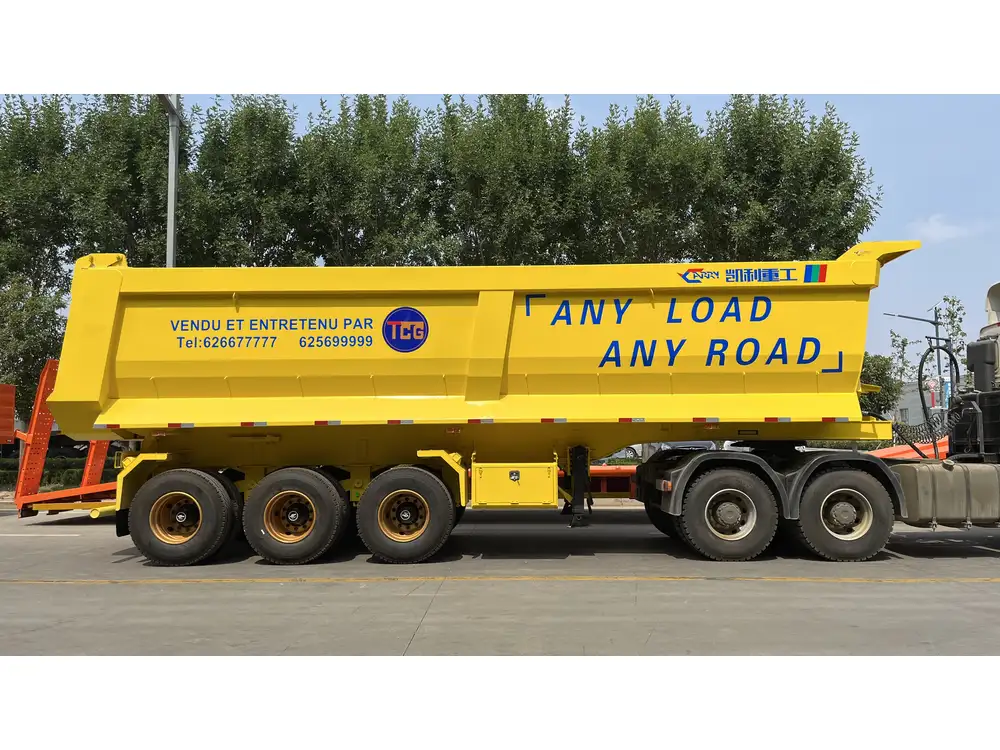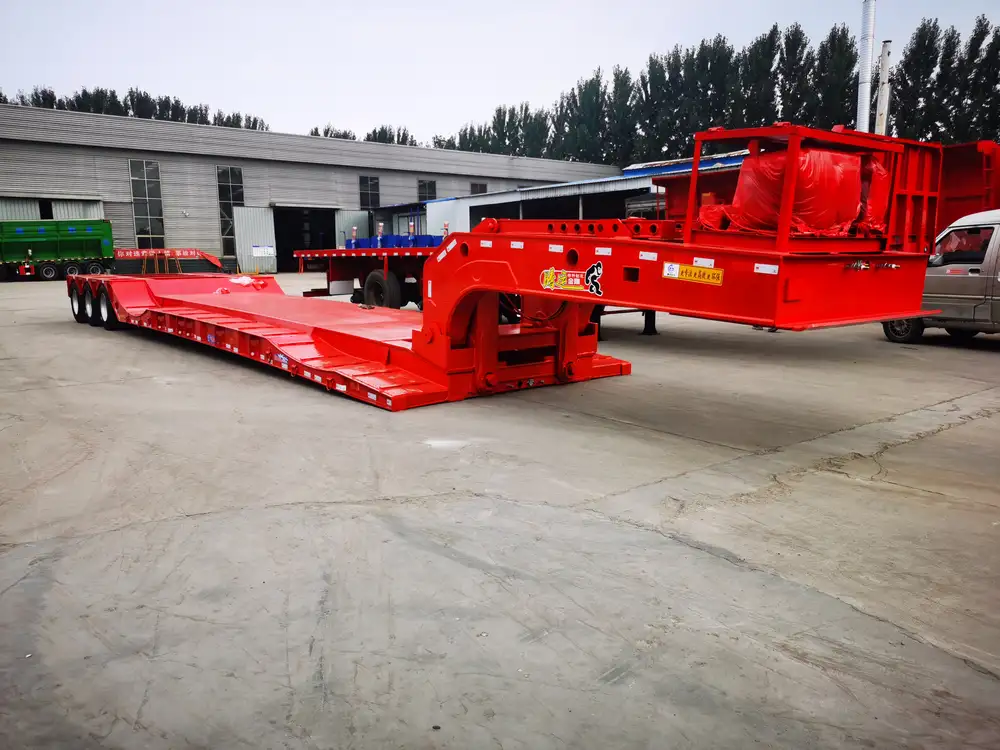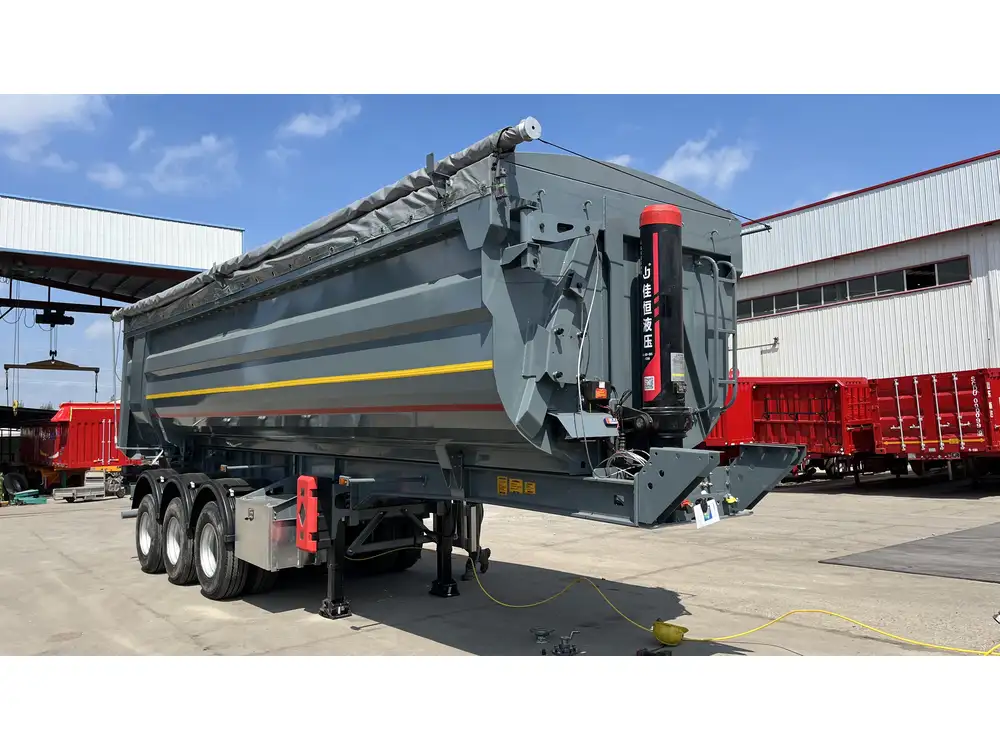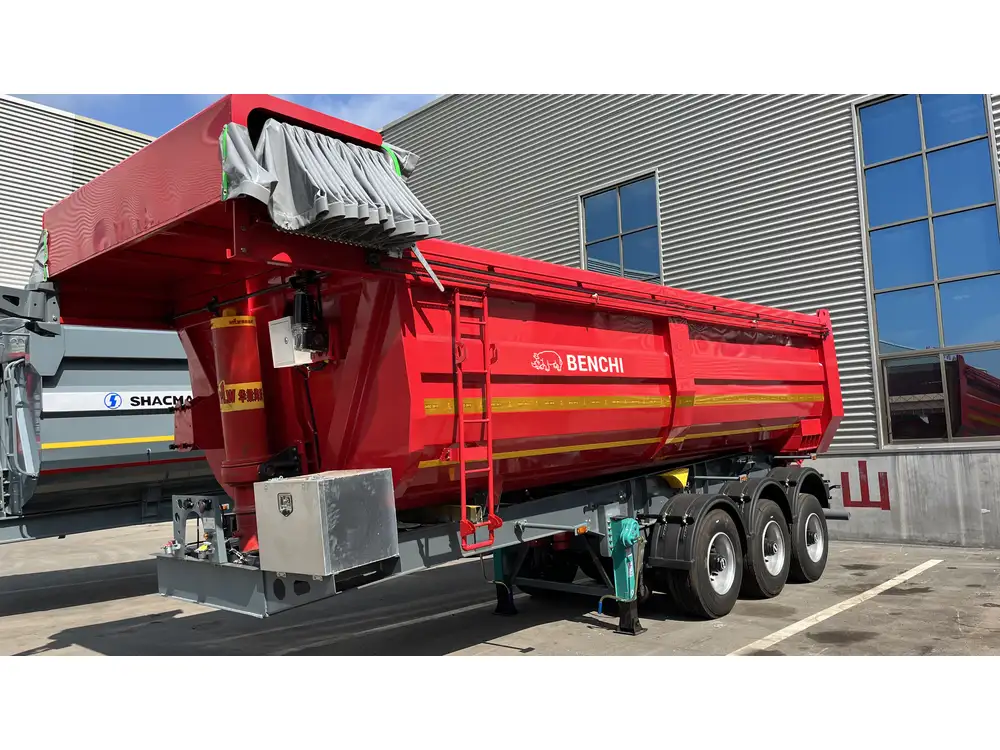In the dynamic world of construction, efficiency and precision are paramount. CarMax Vehicle understands the critical role that materials and technologies play in shaping infrastructure. Among these, pneumatic cement stands out as a transformative innovation, enhancing application methods and ensuring superior construction outcomes. This comprehensive guide delves into the intricacies of pneumatic cement, exploring its applications, benefits, and the technology that drives its excellence.
Table of Contents
- Understanding Pneumatic Cement
- The Technology Behind Pneumatic Cement
- Advantages of Using Pneumatic Cement
- Applications of Pneumatic Cement in Modern Construction
- Pneumatic Cement vs. Traditional Cement Application Methods
- Ensuring Quality and Efficiency with CarMax Trailer Systems
- Innovations and Future Trends in Pneumatic Cement
- Conclusion
- Frequently Asked Questions
Understanding Pneumatic Cement
Pneumatic cement refers to a specialized method of applying cement using pneumatic (air-powered) systems. This technique leverages compressed air to transport, mix, and dispense cement, ensuring a consistent and controlled application. Unlike traditional methods that rely on manual labor or mechanical mixers, pneumatic systems offer unparalleled precision and efficiency.

Key Components of Pneumatic Cement Systems
- Air Compressor: Provides the necessary air pressure to drive the system.
- Mixing Chamber: Combines cement, aggregates, and water in controlled proportions.
- Dispensing Nozzle: Delivers the cement mixture to the desired location with accuracy.
- Control Panel: Allows operators to monitor and adjust system parameters in real-time.
The Technology Behind Pneumatic Cement
The efficacy of pneumatic cement lies in its sophisticated technology, which integrates several engineering principles to optimize cement application.
Air Pressure Regulation
Maintaining appropriate air pressure is crucial. CarMax Vehicle utilizes advanced regulators that ensure consistent pressure levels, preventing over- or under-application of cement.

Automated Mixing
Automated mixing ensures that cement, aggregates, and water are combined uniformly. This precision reduces the likelihood of weak spots and enhances the overall strength of the construction.
Flexible Delivery Systems
Pneumatic cement systems are designed with flexible tubes and hoses, allowing for easy maneuverability and access to various parts of a construction site. This adaptability significantly reduces setup time and increases productivity.
Real-Time Monitoring
With integrated sensors and control systems, operators can monitor the cement application process in real-time. This feature facilitates immediate adjustments, ensuring optimal performance and minimizing errors.

Advantages of Using Pneumatic Cement
Adopting pneumatic cement systems offers numerous benefits that elevate construction quality and efficiency.
Enhanced Precision
Pneumatic systems deliver cement with remarkable accuracy, ensuring that each application meets specific project requirements. This precision is particularly beneficial for intricate designs and complex structures.
Increased Efficiency
By automating the cement application process, construction teams can achieve higher productivity levels. Pneumatic systems reduce manual labor and accelerate project timelines without compromising quality.

Consistent Quality
Uniform mixing and dispensing eliminate inconsistencies that often plague traditional methods. The result is a more durable and reliable construction material, enhancing the longevity of structures.
Reduced Waste
Precise application minimizes excess material usage, leading to cost savings and environmental benefits. Pneumatic cement systems ensure that resources are utilized optimally, aligning with sustainable construction practices.
Improved Worker Safety
Automation reduces the need for manual handling of cement and related materials, decreasing the risk of workplace injuries. Additionally, the controlled environment of pneumatic systems fosters a safer construction site.

Applications of Pneumatic Cement in Modern Construction
Pneumatic cement is versatile, finding applications across various construction sectors. CarMax Trailer specializes in integrating pneumatic systems into semi-trailer designs, facilitating seamless cement transportation and application.
Building Construction
In residential and commercial building projects, pneumatic cement systems streamline the foundation and structural component installation. Their precision ensures that load-bearing elements are accurately placed, enhancing structural integrity.
Infrastructure Projects
Large-scale infrastructure endeavors, such as bridges and highways, benefit from the efficiency and reliability of pneumatic cement. The ability to cover extensive areas swiftly is crucial for meeting project deadlines.

Prefabricated Structures
Prefabricated elements require consistent cement quality for effective assembly. Pneumatic systems guarantee uniform application, ensuring that prefabricated components fit together seamlessly on-site.
Repair and Maintenance
For maintenance projects, especially in hard-to-reach areas, pneumatic cement systems offer the flexibility needed to perform repairs efficiently. Their adaptability ensures that maintenance work does not disrupt overall project schedules.
Industrial Applications
In industrial settings, pneumatic cement is used for constructing durable flooring, retaining walls, and other critical components. The robust application method ensures longevity and performance under demanding conditions.

Pneumatic Cement vs. Traditional Cement Application Methods
Understanding the distinctions between pneumatic cement and conventional methods highlights the superiority of pneumatic systems in modern construction.
| Feature | Pneumatic Cement | Traditional Cement Methods |
|---|---|---|
| Application Precision | High – controlled and consistent | Variable – dependent on manual labor |
| Efficiency | Superior – automated and faster | Lower – slower and labor-intensive |
| Quality Consistency | Uniform mixing and dispensing | Inconsistent mixes and applications |
| Labor Requirements | Reduced – minimal manual intervention | High – significant manual effort |
| Flexibility | High – adaptable to various site conditions | Limited – less adaptable |
| Waste Management | Optimized – minimal excess material | Higher – more material wastage |
| Safety | Enhanced – automated processes | Lower – increased risk of injuries |
Cost-Benefit Analysis
While the initial investment in pneumatic cement systems may be higher, the long-term benefits in terms of efficiency, quality, and reduced labor costs make it a cost-effective choice for large-scale and high-precision projects.
Ensuring Quality and Efficiency with CarMax Trailer Systems
At CarMax Trailer, we specialize in integrating pneumatic cement technologies into our semi-trailer designs, ensuring that cement transportation and application are seamless and efficient.

Advanced Trailer Design
Our trailers are engineered to accommodate pneumatic cement systems, featuring reinforced structures and specialized compartments for secure material storage and transport.
Customization Options
We offer tailored solutions to meet specific project requirements. Whether it’s adjusting the air pressure regulators or modifying the dispensing nozzles, our trailers are designed to provide maximum flexibility.
Durability and Reliability
Built with high-grade materials, CarMax trailers withstand the rigors of transportation and on-site operations. Their durability ensures consistent performance, even in challenging environments.

Enhanced Mobility
Our pneumatic cement trailers are equipped with advanced suspension and maneuvering systems, allowing for smooth transit and precise placement at construction sites.
Integrated Control Systems
CarMax trailers feature state-of-the-art control panels that offer operators complete oversight of the cement application process. This integration facilitates real-time adjustments and ensures optimal system performance.
Innovations and Future Trends in Pneumatic Cement
The construction industry is continuously evolving, and pneumatic cement technology is at the forefront of this transformation. Emerging trends indicate a shift towards even greater automation, sustainability, and integration with digital technologies.

Automation and Robotics
Future pneumatic cement systems will incorporate more advanced robotics, enabling fully automated cement mixing and dispensing. This advancement will further enhance precision and reduce the need for human intervention.
Sustainable Practices
Sustainability is a key focus, with pneumatic cement systems being designed to minimize environmental impact. Innovations include using eco-friendly materials and optimizing energy consumption within pneumatic systems.
Integration with IoT
The Internet of Things (IoT) will play a significant role in the evolution of pneumatic cement. Smart sensors and connected devices will enable real-time data collection and analysis, facilitating predictive maintenance and enhancing system efficiency.

Enhanced Mobility Solutions
Advancements in trailer mobility will allow for even more precise placement of pneumatic cement. Improved GPS and navigation systems will ensure that cement is delivered exactly where it is needed, reducing waste and increasing project efficiency.
Material Science Innovations
Ongoing research in material science will lead to the development of new cement formulations optimized for pneumatic application. These formulations will offer superior strength, faster curing times, and greater durability.
Conclusion
CarMax Vehicle and CarMax Trailer are committed to advancing construction technologies through the innovative use of pneumatic cement systems. By embracing this technology, the construction industry can achieve unprecedented levels of precision, efficiency, and quality. Pneumatic cement not only transforms the way cement is applied but also sets the stage for a future where construction projects are completed faster, safer, and with superior results.
As the demands of modern construction continue to evolve, pneumatic cement stands as a testament to the power of innovation in shaping our built environment. By leveraging advanced pneumatic systems, construction professionals can meet the challenges of today’s projects and pave the way for tomorrow’s architectural marvels.

Frequently Asked Questions
1. What is pneumatic cement and how does it differ from traditional cement?
Pneumatic cement refers to the application of cement using air-powered systems, ensuring precise and consistent delivery. Unlike traditional methods that rely heavily on manual labor, pneumatic systems automate the mixing and dispensing process, enhancing efficiency and quality.
2. What are the main benefits of using pneumatic cement systems in construction?
Pneumatic cement systems offer enhanced precision, increased efficiency, consistent quality, reduced material waste, and improved worker safety. These benefits translate to faster project completion times and cost savings in the long run.

3. How does CarMax Trailer integrate pneumatic cement technology into its semi-trailers?
CarMax Trailer designs its semi-trailers with specialized compartments and reinforced structures to accommodate pneumatic cement systems. These trailers feature advanced control panels, customizable options, and durable materials to ensure seamless cement transportation and application.
4. Are pneumatic cement systems suitable for all types of construction projects?
Yes, pneumatic cement systems are versatile and can be adapted to various construction projects, including residential and commercial buildings, infrastructure projects, prefabricated structures, industrial applications, and maintenance work. Their flexibility makes them suitable for both small-scale and large-scale projects.
5. What future advancements can we expect in pneumatic cement technology?
Future advancements in pneumatic cement technology include greater automation and robotics integration, enhanced sustainability features, IoT connectivity for real-time monitoring, improved mobility solutions, and innovative cement formulations optimized for pneumatic application. These trends will further elevate the efficiency and effectiveness of pneumatic cement systems in construction.



